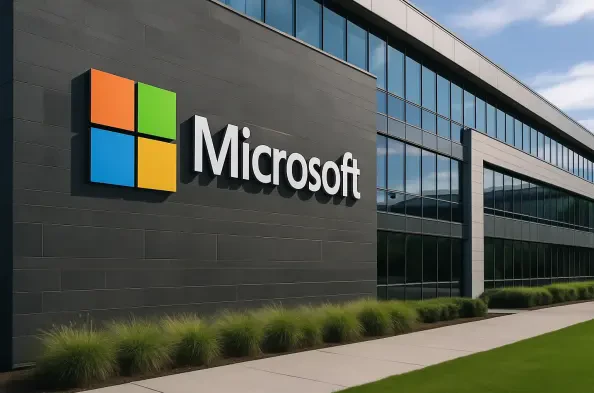A staggering number of 130 vulnerabilities were addressed in Microsoft’s latest security update, underscoring the relentless threat landscape. Within this collection, 14 critical issues, including potentially “wormable” threats, highlight the pressing need for immediate attention. Have our systems become ticking time bombs, waiting for the next major cyber breach due to negligent updating?
Embracing Vigilance: The Consequences of Inaction
The peril posed by unpatched software vulnerabilities cannot be overstated, as evidenced by past large-scale attacks. Incidents like WannaCry and NotPetya, which effortlessly disrupted countless systems globally, underscore the tangible risks of failing to promptly apply security patches. In a climate increasingly driven by digital data, maintaining updated systems should remain a paramount priority for both enterprises and individuals aiming to ensure data security and business continuity without interruption.
Comprehensive Analysis: What the Latest Update Reveals
Focusing on the detailed aspects of these updates, Microsoft addressed notable vulnerabilities like CVE-2025-47981 in the SPNEGO protocol, which experts warn has a CVSS score of 9.8 and could become “wormable.” The SPNEGO protocol flaw could allow self-propagating attacks similar to previous global threats. Another significant concern is the zero-day vulnerability in Microsoft SQL Server, marked CVE-2025-49719. This vulnerability, with a CVSS score of 7.5, suggests potential avenues for exploitation that could impact a wide array of users, particularly those reliant on SQL Server for critical operations.
Expert Opinions: Navigating Complex Cyber Risks
Leading cybersecurity experts are emphasizing the severe threats posed by neglecting to address vulnerabilities, particularly the SPNEGO protocol flaw. Failing to act on this flaw could lead to expansive breaches that might affect numerous systems. Regarding the SQL Server vulnerability, although experts evaluate the risk of exploitation as moderate, they advise swift updates to mitigate potential risks. Organizations are urged to thoroughly evaluate their systems and adopt recommended measures without delay.
Rapid Response: Implementing Security Measures Effectively
To safeguard against these vulnerabilities, both businesses and individuals should adopt immediate actions to incorporate the latest patches seamlessly. Ensuring system compatibility, particularly for SQL Server-based applications, is critical. Regularly scheduled updates and vigilant monitoring of software versions are essential strategies to preemptively counter potential security risks. Keeping systems current can prevent unnecessary disruptions and ensure enduring digital resilience.
Steering Towards Security: Future Considerations
Organizations must adopt a proactive stance toward cybersecurity, emphasizing the necessity for regular updates and robust defensive strategies. Microsoft’s recent update showcased a path forward, addressing critical weaknesses that could have had dire consequences. By focusing on diligent implementation and consistent monitoring, entities can safeguard their sensitive data and maintain uninterrupted operations. As the digital realm continues to evolve, so must the approaches to fortifying it against potential threats to secure a safer digital future.






